MadPattern
A few weeks ago I was searching for a way to easily generate patterns in Illustrator. There are many free resources available to download pattern swatches, and Illustrator does offer pretty awesome tools to create your own patterns as well. However, I did not want a pattern made by someone else. And even though Illustrator is amazing, I wanted to be able to generate a pattern in little to no time.
With my quest parameters set, I hopped on my computer and began my arduous search. I must confess that my search was relatively short, and not arduous in the least. Yes, I did have to visit a few websites and rummage about, but it was not long before I came across a site that had exactly what I was looking for.
The URL of this illustrious site is www.madpattern.com. As it turns out MadPattern is a collection of Adobe Illustrator templates that allows you to rapidly prototype patterns. Aside from the instantaneous gratification, MadPattern templates are all free to download.
MadPattern features include:
- One template for each type of pattern
- Automatic symmetric replication
- Automatic clipping of elements drawn “out of bounds”
- Easy to save/export repeating tile (for webpage backgrounds)
The ease with which you can create patterns is mind blowing. You might say… “it will drive you mad!” I would recommend watching the tutorials before you get your feet wet, but after that dive in and create.
Here are few of my own creations.
If you are on the hunt for easily generated, customizable patterns for Illustrator then give MadPattern a try. And if you do decided to MadPattern it up, post your patterns on Twitter and hashtag them, #FineLineGD.
Oscar Reutersvärd, the Father of “Impossible Figures”
Left: Sketch by Oscar Reutersvärd, Opus 1 (1934) – Source: Impossible World. 1 May 2014.
Middle: Poster for the Hommange a Oscar Reutersvärd, by the Galerie Bell’Art, Stockholm (2001) – Source: Galerie Bell’Art, Stockholm. 1 May 2014.
Right: Sketch by Oscar Reutersvärd, Opus 2B (1934) – Source: Impossible World. 1 May 2014.
For as long as I can remember, “impossible figures” have been one of my passions. I was first introduced to the world of the impossible figure by works of M.C. Escher. Due to his widespread prominence, other impossible artists have, unfortunately, been eclipsed by his immense shadow.
While searching for more obscure artists, I was pleased to discover Oscar Reutersvärd – a Swedish artist who became widely known as the “father of impossible figures.” He pioneered the art of 3D drawings which may initially appear feasible, yet cannot be physically constructed. His first impossible figure was the “impossible triangle,” which he created out of a series of cubes in 1934. The triangle at first seems like a simple geometrical shape. However, as the eye tries to follow its outlines, the triangle abruptly becomes a dizzying experience – as its bottom link plays havoc with the brain’s intuitive knowledge of physical laws. Since that initial creation he went on to develop more than 2,500 impossible figures.
It was with great surprise and satisfaction that I stumbled upon Oscar’s “Window in the Floor” series. An attempt to describe this series will seriously not do it justice. A picture is worth a thousand words – so, below are some of Oscar’s drawings from the series.
Gallery of “Window on the Floor” series, by Oscar Reutersvärd. 2001-2013. – Source: Impossible World. 1 May 2014.
These drawings are just amazing to me. They are so amazing, in fact, that they have rekindled my own interest in drawing impossible figures. I find it fascinating that a series of simple lines drawn on a piece of paper can yield such amazing results.
Here are a few sketches of my own inspired by Oscar’s “Window in the Floor” series.
If you wish to see more of Oscar Reutervärd’s work, visit Impossible World. In addition to Oscar’s work there are works of other impossible artists to be enjoyed.
Natural Inspiration
Elephant Rock, Valley of Fire State Park, Nevada, USA, by Michael Muraz. 2013. Another Angle, Michael Muraz Photography, The Natural World.
I still remember those lazy days of summer when I was a kid. With nothing better to do, I’d lay on my back in the cool grass in front of my house just staring up into the sky. As I watched the clouds roll by I imagined I saw bears, faces of famous people, or the flowing profiles of birds in flight. There were never two of the same images, and that made it a fresh, new experience every time. I’d lay there in the grass, eagerly anticipating what I might see.
Pareidolia is the psychological term for this little blip in our brains that causes us to see faces, figures, forms or patterns in things. Ancient astronomers got it. They saw animal and human shapes in the many constellations brightening the night sky.
Leonardo Da Vinci even suggested in his notebooks that pareidolia was an excellent source of inspiration for painters. He expanded this concept to include imagery seen in city structures. Here’s what he suggested, “If you look at walls that have various stains or spots you will be able to ‘see’ or invent a scene that resembles different landscapes such as mountains or rocks, valleys or trees. Expressions on faces will emerge, and outlandish clothes and costumes will be able to reduce into separate and conceived forms.”
I’ve enjoyed viewing a painting in which the morphing cloud formations over Cloud’s Rest in Yosemite come to life in the form of stampeding steers in the dreamy skies above a solitary cowboy. An untold number of photographers have captured the slowly evolving shadow shapes and distinctive rock formations of the mountains at sunset in the Valley of Fire – which become imagined forms of seven sisters and a huge elephant.
As an illustrator and designer, this ability to “see” things in nature that go well beyond the obvious, is a continual source of creative inspiration. The flowing lines and radiating ripples in a local mountain stream became my inspiration for a corporate brochure.
Although I don’t spend much time on my back gazing skyward anymore, I still see images, patterns and anthropomorphic shapes in nature. The point is, inspiration is everywhere and all we need to do is open our eyes. No telling what we’ll see.
A Deliciously Artistic Treat
At FineLine we have a time honored tradition of celebrating birthdays. How we celebrate is not all that dissimilar to how birthdays are generally celebrated. We take the birthday person to lunch at a place of their choosing, filling up on good conversation and food. Later in the day, a special treat (cake, cookies, ice cream, pie, cream puffs, tarts, etc.) is burdened with candles and placed in front of the birthday person as we ceremoniously sing “Happy Birthday to You.”
At our last birthday celebration we were pleasantly surprised to see that the special treat was popsicles. These were not your regular, store bought, popsicles. Our Production Artist, Rochi Ladcani, in tandem with our Project Manager, Freddie Allen, had conspired to create these exquisite frozen delights together.
As we eagerly waited to receive a popsicle, two questions permeated the atmosphere. “What is the flavor of the popsicle?” and “How did they come up with the marvelous idea?” Our intellectual appetites were satisfied with the knowledge that the flavor of the popsicle was vanilla on one side and strawberry on the other. The vanilla side was light green and made from vanilla, heavy cream, and cornstarch. The strawberry side was laboriously created using fresh strawberries, sugar, and water.
The resulting combination of textures and flavors provided by the two different sides brought to mind strawberry creamsicles, but these frozen creations were infinitely better. When we pressed our two dessert chefs to reveal their sources, they produced a book titled, Modern Art Desserts: Recipes for Cakes, Cookies, Confections, and Frozen Treats Based on Iconic Works of Art, by Caitlin Freeman.
Caitlin Freeman is a pastry chef at the Blue Bottle café at the San Francisco Museum of Modern Art. For inspiration, she roams the museum’s many exhibits, then selects a work of art to translate into an edible masterpiece. Caitlin’s book details her foray into the world of desserts and pastries and how she came to be the Head Pastry Chef at the Blue Bottle Coffee Company at the SFMOMA. The lure of the book is the assortment of recipes; from Mondrian cake to Kudless S’Mores to Avedon Parfeit to the Cragg Ice Cream Cone.
The birthday popsicle that we at FineLine had been fortunate to consume was none other than the “Zurier Popsicle,” inspired by John Zurier’s painting, Arabella as seen below.
Left: Painting, Arabella, by John Zurier. 2005. The San Francisco Modern Museum of Art, California. 16 April 2014. Desserts at the SFMOMA, Blue Bottle Coffee Company
Right: Zurier Popsicle, by the Blue Bottle Coffee Company. 2013. The San Francisco Modern Museum of Art, California. 16 April 2014. Desserts at the SFMOMA, Blue Bottle Coffee Company
After we devoured out “Zurier Popsicles” it was unanimously decided that art inspired cakes, cookies, confections, and frozen treats are a brilliant idea.
If anyone wants to have their eyes and tastebuds dazzled, I encourage you to pick up Modern Art Desserts: Recipes for Cakes, Cookies, Confections, and Frozen Treats Based on Iconic Works of Art. It is a win-win situation showcasing iconic pieces of art and beautiful desserts that satisfy your sweet tooth.

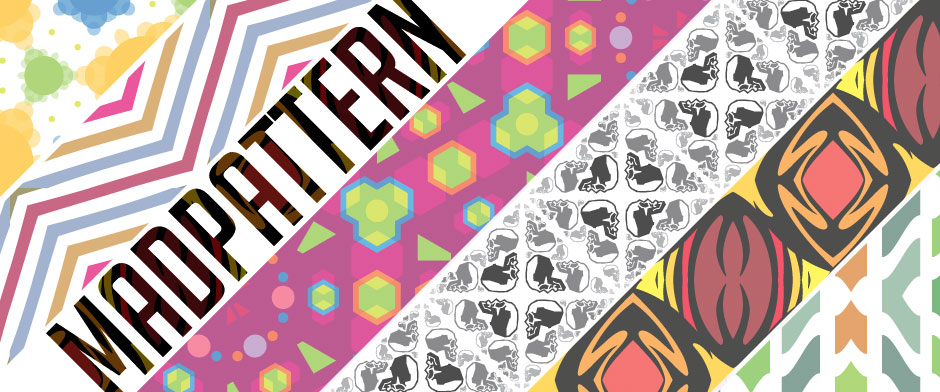

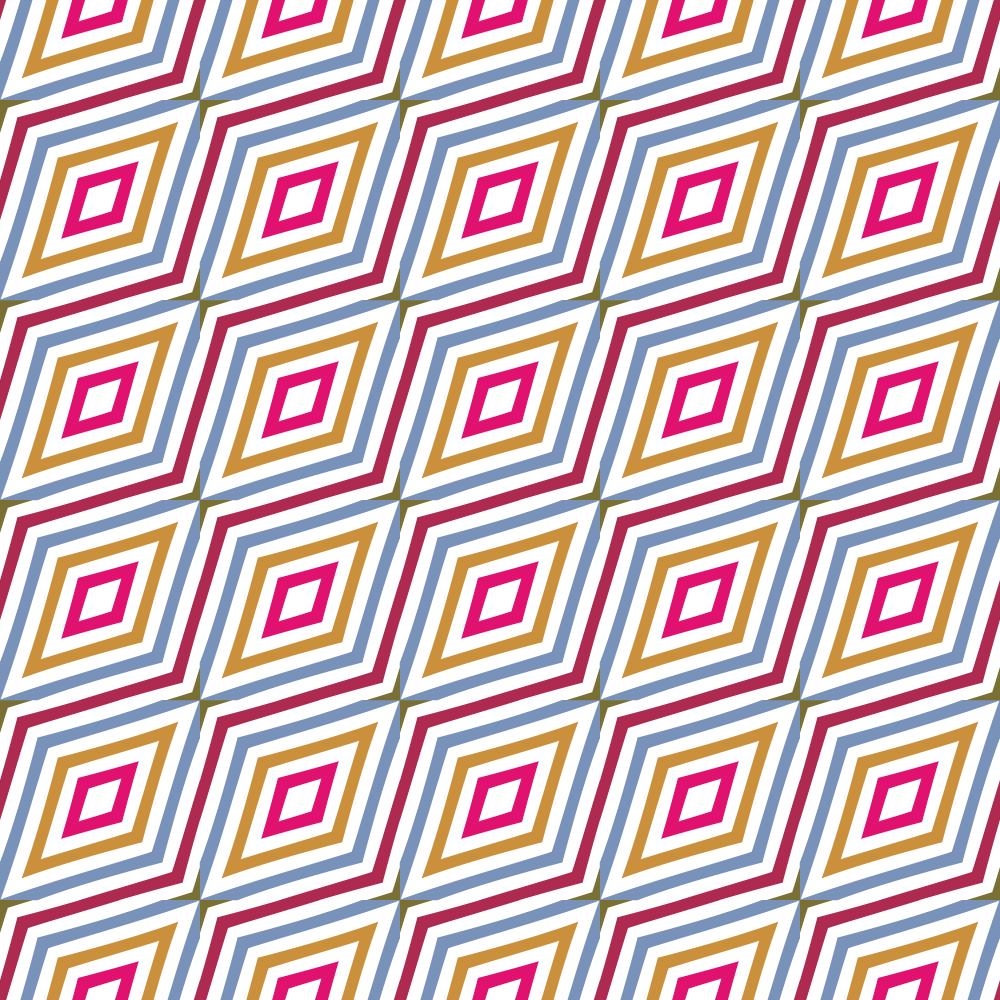


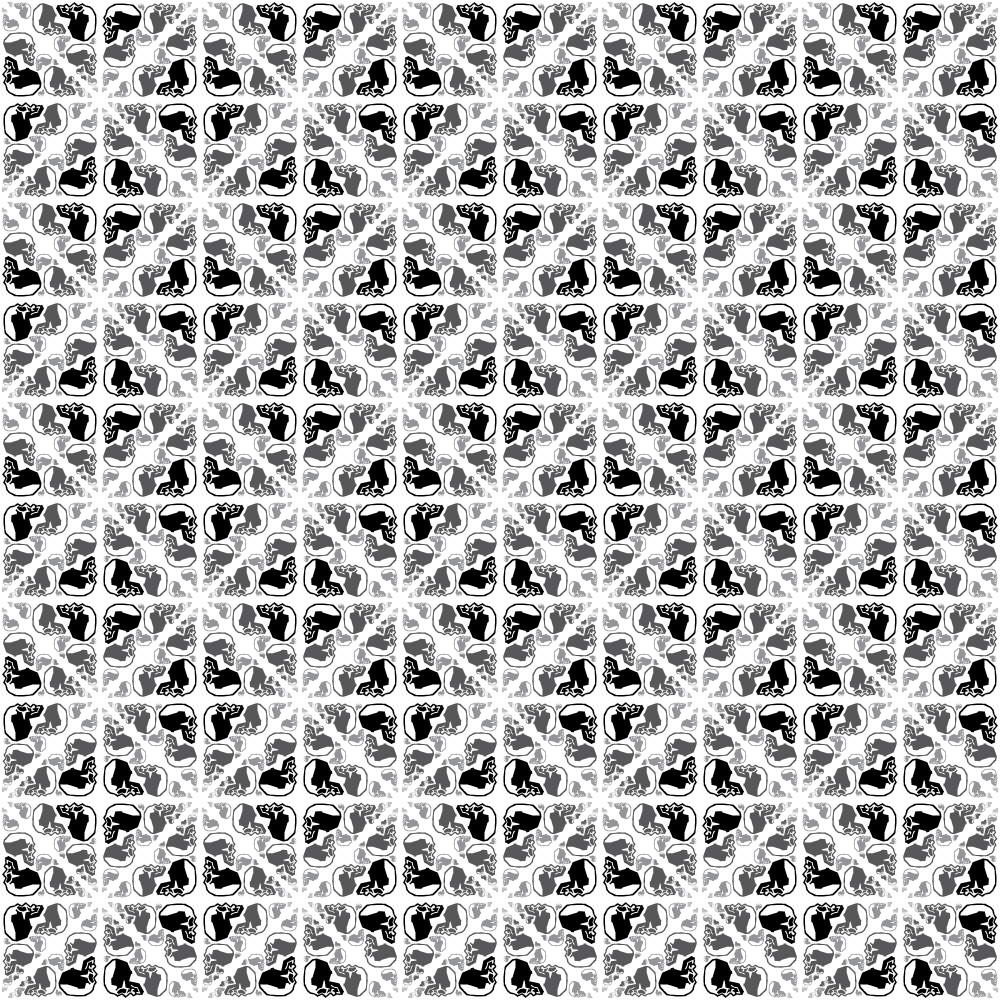
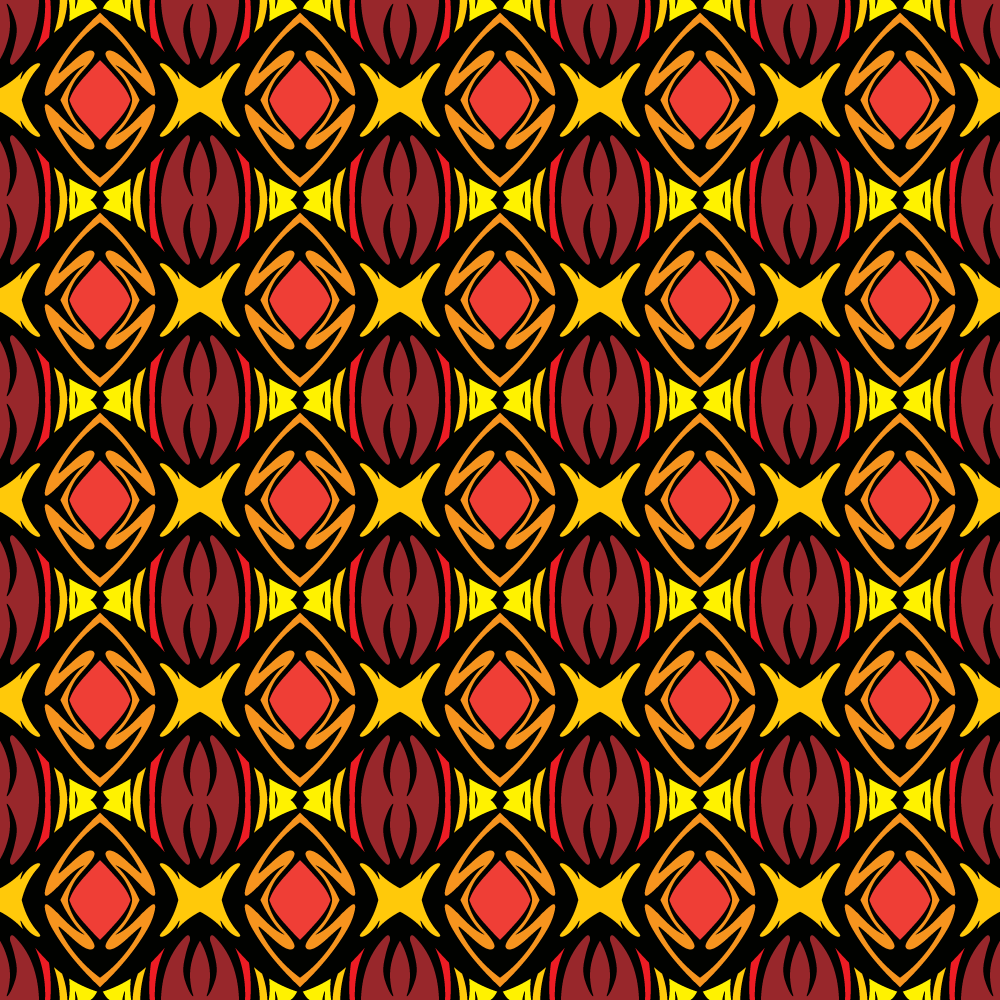

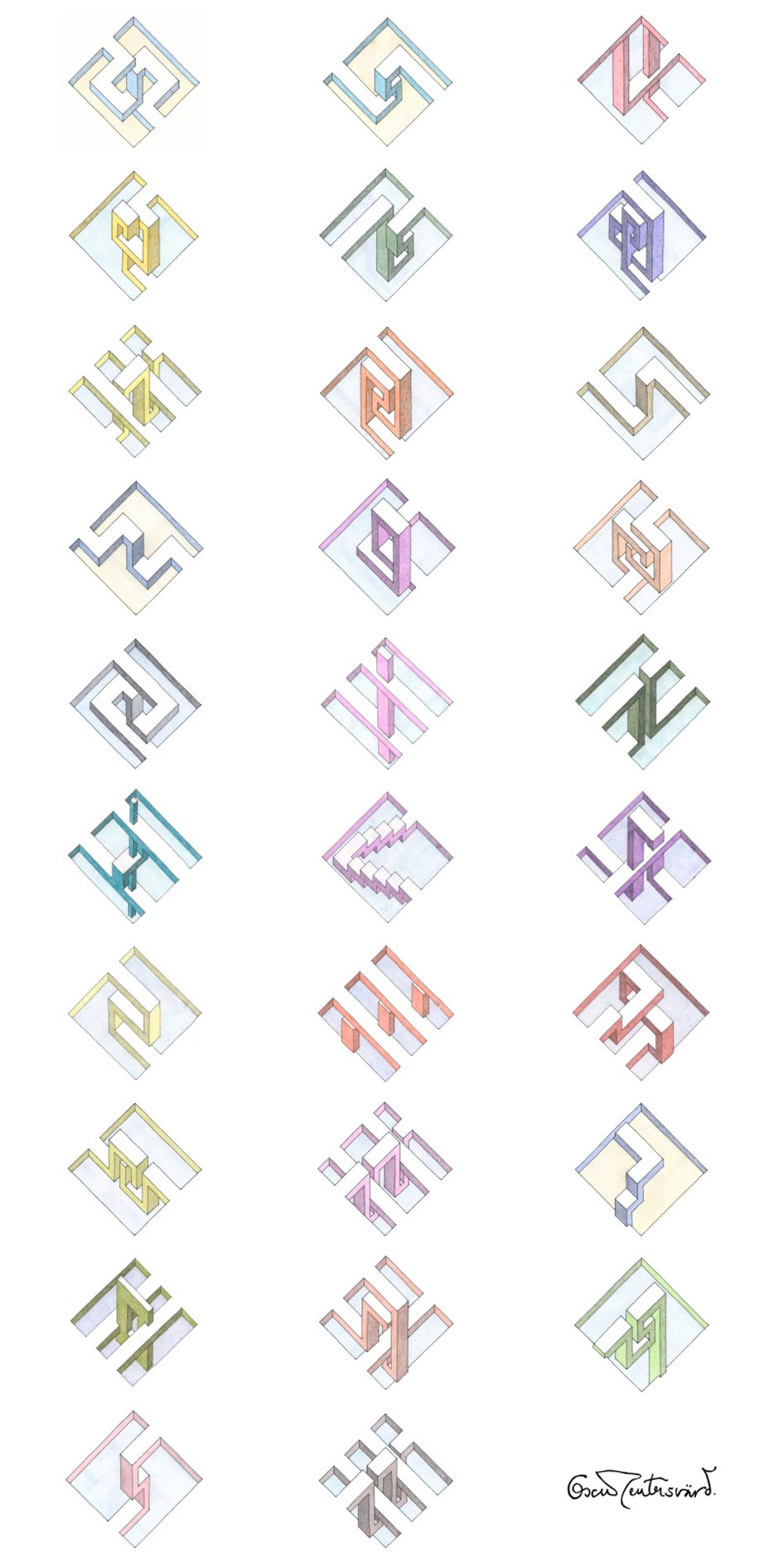
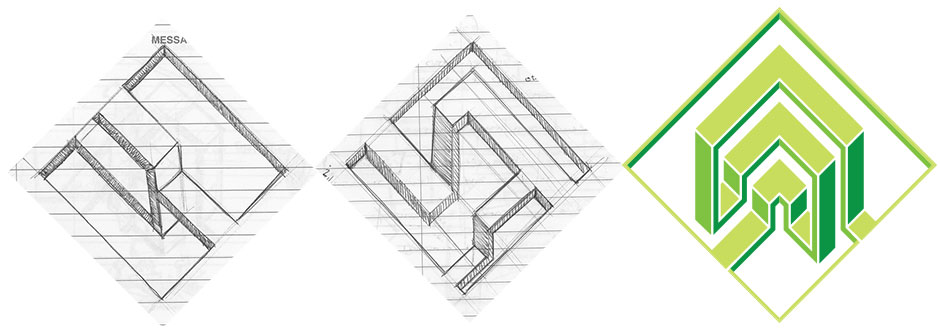
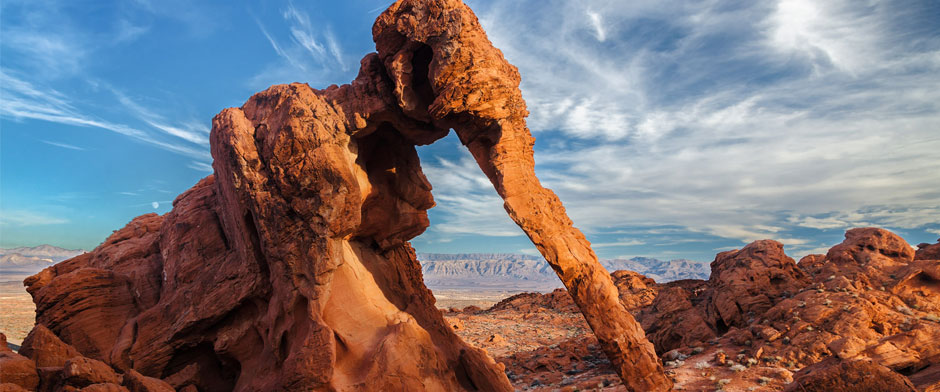

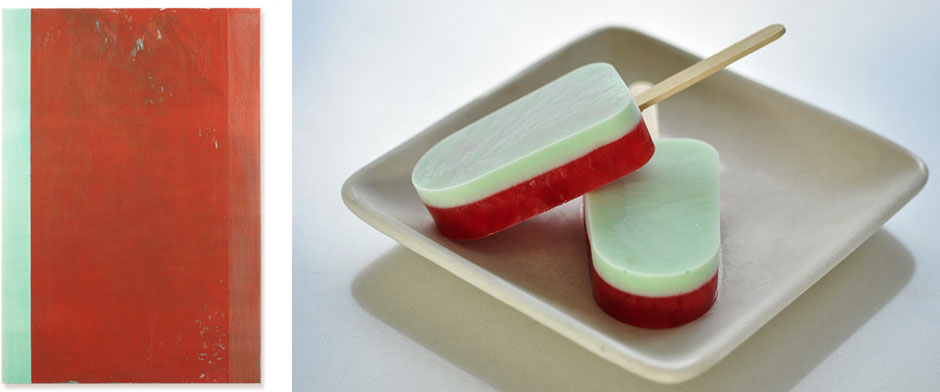

Recent Comments